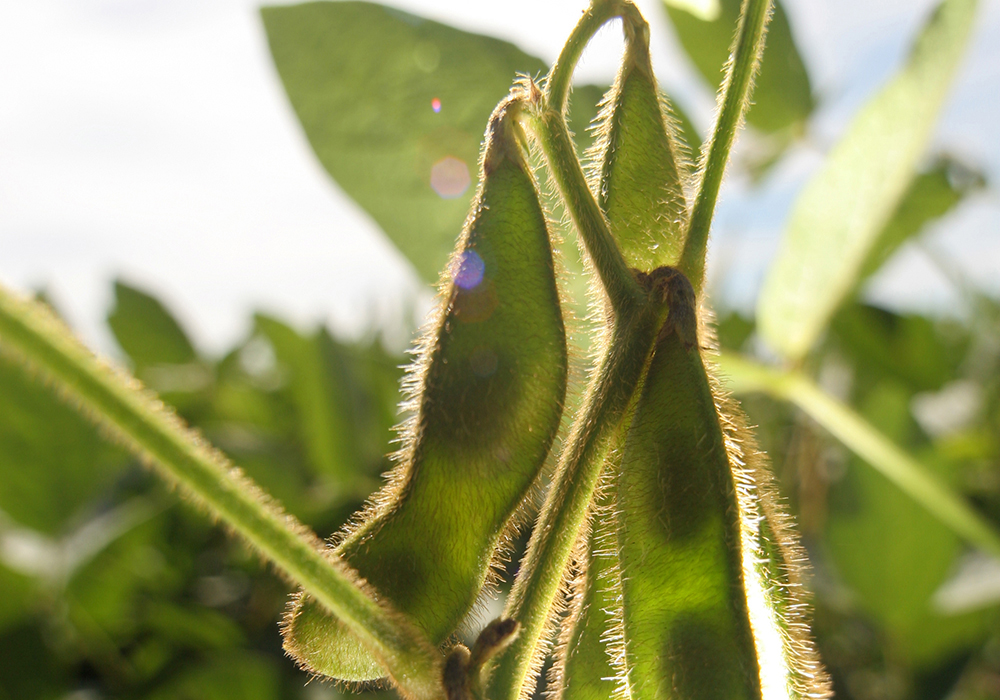If you just follow news headlines or are active on Twitter and Facebook, Canada can seem like a terrible place to invest money in commodity production.
Want to build a mine? Get ready for a decade of consultations, reviews, regulatory three-ring circuses and activist attacks.
Want to build a pipeline? We all know what a nightmare that would be, after seeing several reasonable projects getting caught in a politicized quagmire.
I wouldn’t want to build a rare earths mine in Canada, regardless of the long-term booming demand predicted for the metals and minerals on which electrification will depend.
Read Also

No special crop fireworks expected
farmers should not expect fireworks in the special crops market due to ample supplies.
It can seem the same for agriculture investment if you follow the social media feeds and headlines. We hear constant prognostications about the danger of the escalating federal carbon tax on margins. Critical pesticides face regular and toughening regulatory pressure. Attacks on livestock farming by activists, regulators and politicians seem a chronic menace.
It’s very human of us to flip, click and scroll by other headlines, tweets and posts that offer a more positive and optimistic outlook.
Last week, I attended Soy Canada’s annual meeting in Winnipeg and I came out of that cheery and relieved about the fate of the crop in Western Canada. Readers of this newspaper will be well-acquainted with the problems soybean growers have faced in recent years, and the slumping acreage of what at one time had seemed to be vying to become the next Cinderella crop.
I wondered if the air was whistling out of the soybean balloon and if its prospects were being ratcheted back. While I indeed found the industry’s nearby goals have been scaled down and deferred by a few years, soybean growers, seed developers, marketers and other industrial players are no less bullish about the future of the crop on the Prairies than they were.
Beneath the headline pall of droughts, floods and low yields trots a reality of continuing variety development fitting the crop to the region, a warmer climate offering much more potential for the heat-loving crop, and farmers keen to see the return of better growing conditions so they can return to bigger acreages.
That sentiment applies across Western Canadian agriculture, beneath the surface chatter of struggles and woes. Farmers are planning on a big crop this year. Several companies are pouring big money into new canola crushing plants in the expectation of booming crop production in the future.
After a long period of stagnation, the hog industry is seeing producers building new barns, each of which is a commitment to the next quarter-century of production.
What makes all this happen, despite the headline struggles, disasters, problems and threats we talk so much about? Why is there this obvious optimism about the future when so many problems seem to beset us? I think we heard two of the reasons in a recent announcement at an agriculture-related venture.
“Canada will continue to attract businesses that want to do things better and in more innovative and sustainable ways,” said Rag Ud, BHP’s manager of its minerals division for the Americas, at a recent announcement at its multibillion-dollar Jansen potash project.
“Us working with the Canadian government here is a vote of confidence in Canada.”
He was referring to federal funding for “green” technology that will be employed in the giant mine, something that will be costly but possible in Canada’s settled political and economic situation. That political and economic stability is something Francois-Phillippe Champagne, the federal innovation minister, highlighted.
“Stability, predictability and the rule of law is in high demand and short supply,” said Champagne.
Beneath the headlines, under the heated chatter on Twitter and Facebook, our problems seem minor compared to those of much of the rest of the world. Most of the issues we struggle with are problems everywhere. And we’re missing many of the severe problems — political chaos, civil strife, authoritarianism, warfare and weak institutions — that cripple development elsewhere.
Where else on this crazy planet would you rather invest in commodity production than in Canada or the handful of other democratic, rule-of-law nations that make up a minority of the world’s population and land mass?
That’s what leads the big companies to invest in Canadian commodities. That’s what allows Canadian companies to stay invested here.
And it’s what gives faith in the future of Canadian agriculture to tens of thousands of farmers, despite all the crises and challenges and outrages that headlines, tweets and posts present us with every day.
To twist the words of Winston Churchill: Western Canada is the worst place to farm, with the exception of every other place on Earth. That’s something we too seldom appreciate.
















